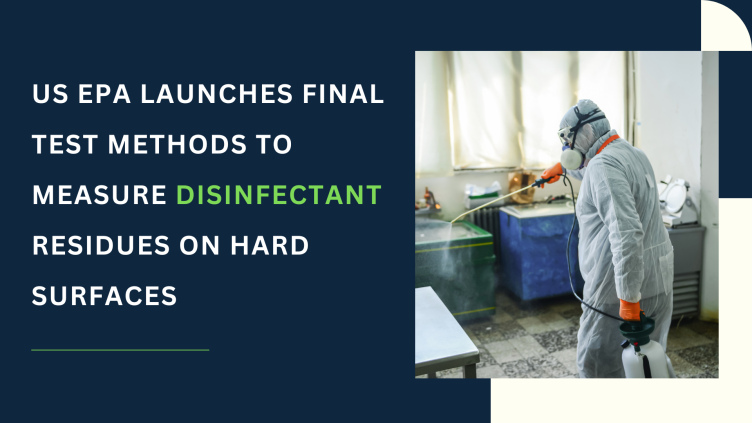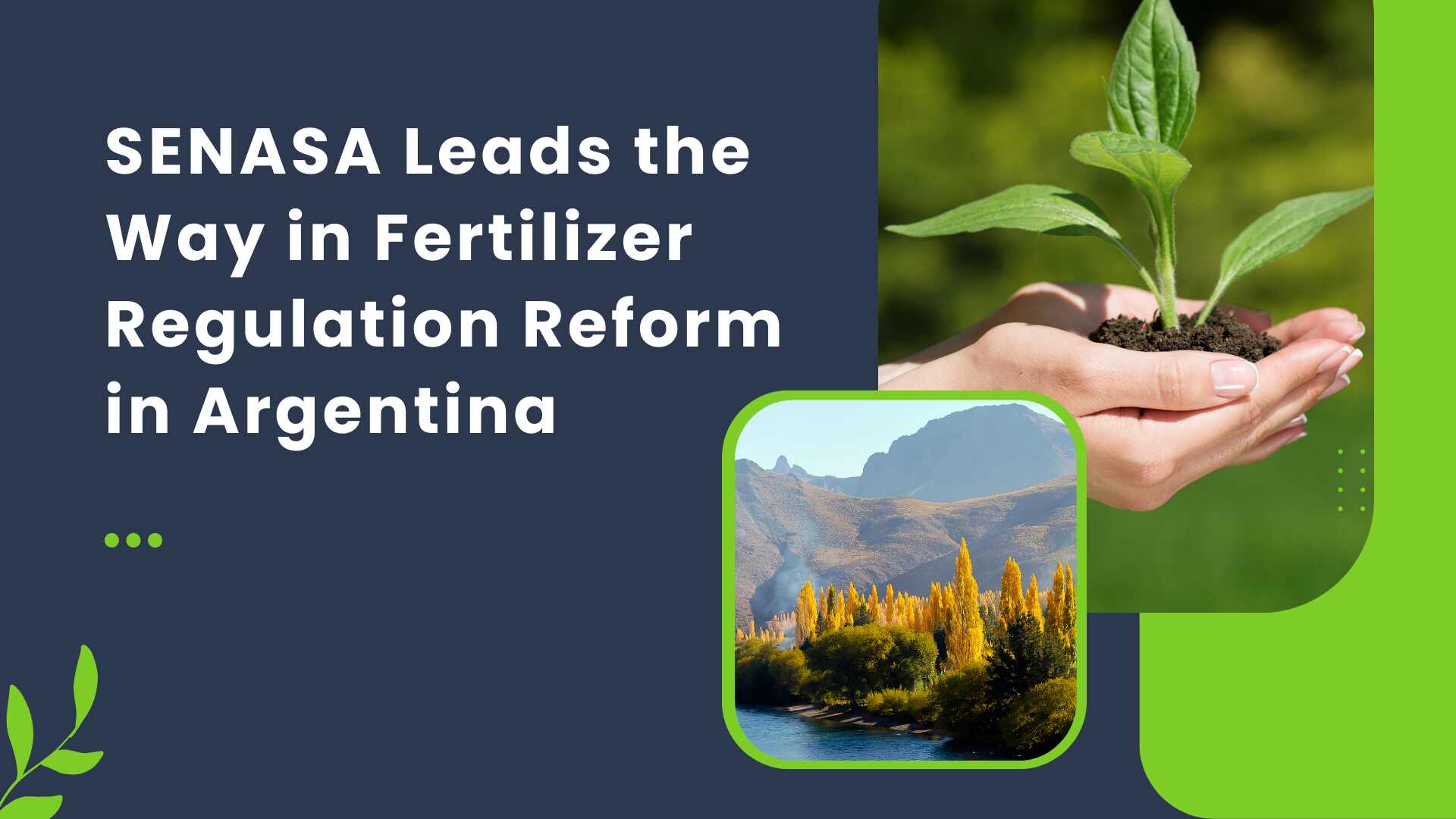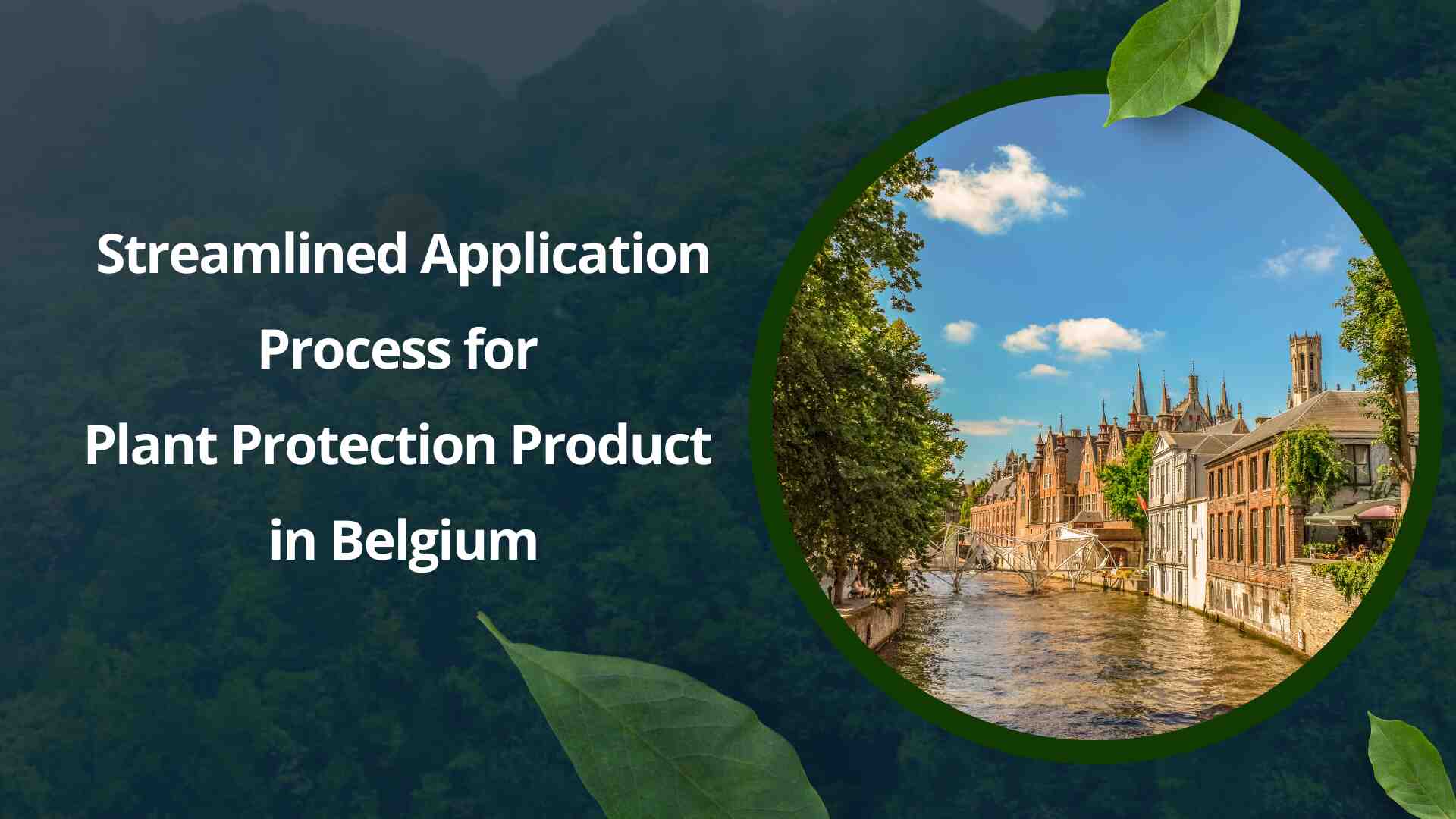The Environmental Protection Agency (EPA) of the United States has published new guidelines for quantifying disinfectant residues that remain on hard surfaces following a water rinse. Ensuring accurate estimates of the hazards associated with these goods requires taking this crucial step.
Why it Matters
Many sprays and wipes for disinfection advise consumers to rinse surfaces after using them. But up until today, the EPA used approximations to determine how much disinfectant was left over after rinsing. This can result in certain items having unduly stringent safety regulations.
The New Methods
Quaternary ammonium compounds and phenolic compounds are the two main categories of disinfectants that are the subject of the EPA’s finalised test procedures. By estimating the amount of residue left behind after washing, these techniques will assist provide more precise information for dietary risk assessments.
Benefits of the New Methods
- By using actual residue data, the EPA can create more precise assessments of potential health risks from disinfectant use.
- These methods can help companies register new disinfectants by providing a standardized way to measure residue levels.
- Potential for Safer Products: More accurate risk assessments could lead to the development of safer and more effective disinfectants.
The Future of Disinfectant Testing
In the event that particular data is not available, the EPA intends to utilise the test results to create a more precise default residue value. As a result, dietary risk estimates for disinfectants will be much more accurate.
Reference:









